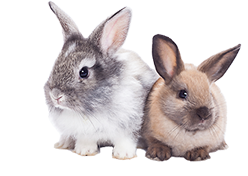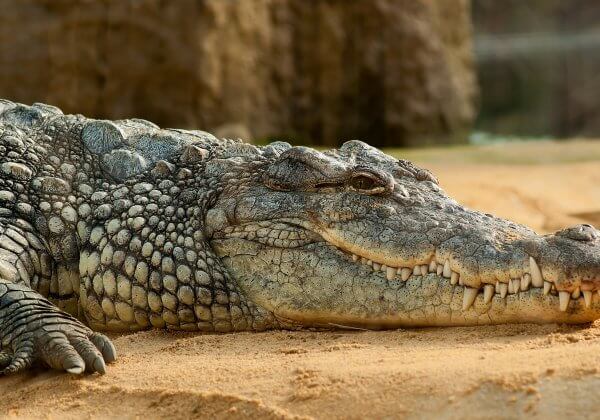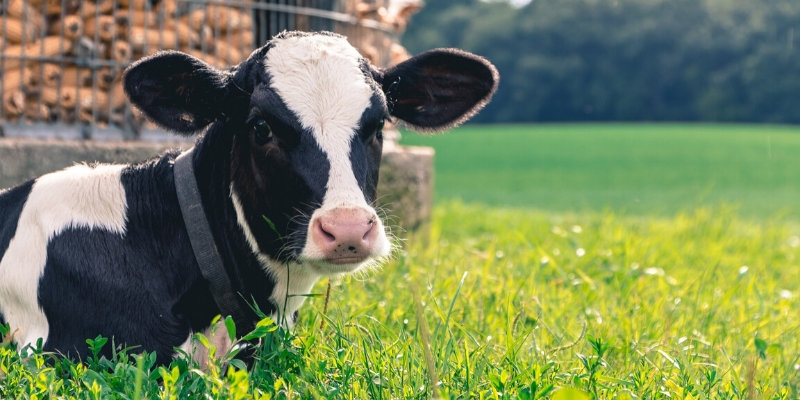The Link Between Leather and Live Export
More than 1.4 billion cows, sheep, and goats as well as millions of other animals are killed each year to feed the fashion industry’s demand for skin – but how much do we really know about the journeys of the sensitive individuals whose skin is stolen?
https://www.youtube.com/watch?v=Qp_KENwmZW0
The global leather supply chain is complex, making it difficult for consumers to determine the origins and sometimes even the species of the animals used for the items they purchase.
Live export is a process in which trembling animals are pushed onto a severely crowded truck or ship and transported many thousands of kilometres.
A new PETA video tells the story of how the leather trade fuels the live-export industry from the perspective of an investigator who has witnessed it firsthand.
Butchered Alive: Australian Cattle Killed Overseas for Leather Shoes
In 2021, PETA Asia investigators visited seven Indonesian abattoirs at random, some of which were part of the Australian government’s Exporter Supply Chain Assurance System.
At these facilities, the investigators found botched stunning or sometimes none at all. They witnessed animals being prodded repeatedly with metal rods and gasping for air as blood filled their throats.
The investigators learned that the skins of some Australian cattle were sold to a fashion brand that exports leather shoes worldwide.
Watch footage of the live-export industry (WARNING: GRAPHIC).
Shipped Halfway Around the Globe for Leather
In 2018, an investigation by journalist Manfred Karremann documented the trade routes of cows and sheep transported around the globe in the leather trade.
Brazilian cows are transported for weeks on ships bound for Turkey. There, some animals continue on to Iraq in trucks. Another route leads to Turkey via France and Bulgaria, and Austrian and German cows were traced all the way to Lebanon.
Typically, during the arduous, often weeks-long voyages, the animals receive insufficient food and water and are often exposed to heat and cold with no protection, while they’re crammed tightly together amid their own excrement. During transport, they jostle each other for space, causing injuries. If they fall down, they can be trampled to death.
When, after days or weeks, the animals finally reach their destination, their fur or fleece is frequently matted with a thick coating of excrement and urine. Some are so weak or injured that they no longer have the strength to stand up. So they’re hoisted with cranes, their entire weight dangling by one leg.
Once again, investigators found that many animals are killed without first being stunned, and because of poorly trained workers or the use of dull knives, their deaths can last several agonising minutes while they bleed out.
What About Leather That’s ‘Made in Australia’?
Australia exports tens of thousands of live cattle every year directly to the world’s largest leather producer, China, as well as half a million more to Indonesia, the largest leather producer in Southeast Asia.
Even though Australia is one of the largest live-cattle exporters in the world, it’s a country that imports more leather products than it exports.
If you thought “Made in Australia” labels indicate the whole supply chain for an item is located in Australia, think again. Skin can be stripped from an animal in Indonesia or China and sold to a company in Australia that cuts and sews it into a boot, and the finished item will still meet the requirements for that label.
Another common example is a “Made in Italy” tag. Italy is the world’s top leather goods producer, but it buys the vast majority of its skins from China.

Find more statistics at Statista
What You Can Do
Regardless of leather’s origins, it’s always linked to animal suffering. While we treat dogs and cats as our companions, millions of animals, including cows, sheep, and goats, are standing knee-deep in their own excrement, tormented with electric shocks, transported in cramped trucks and ships halfway around the globe, and finally killed in barbaric ways.
Please, for animals’ sake, always check the label. If it says “leather” or shows the corresponding symbol for it, leave the item on the shelf and choose plant-based alternatives instead.
Many Australians already know that the live-export industry is cruel but don’t yet realise that the leather shoes they’re wearing are a product of that industry.
Help your friends and family connect the dots by sharing this video on Facebook or Instagram.







